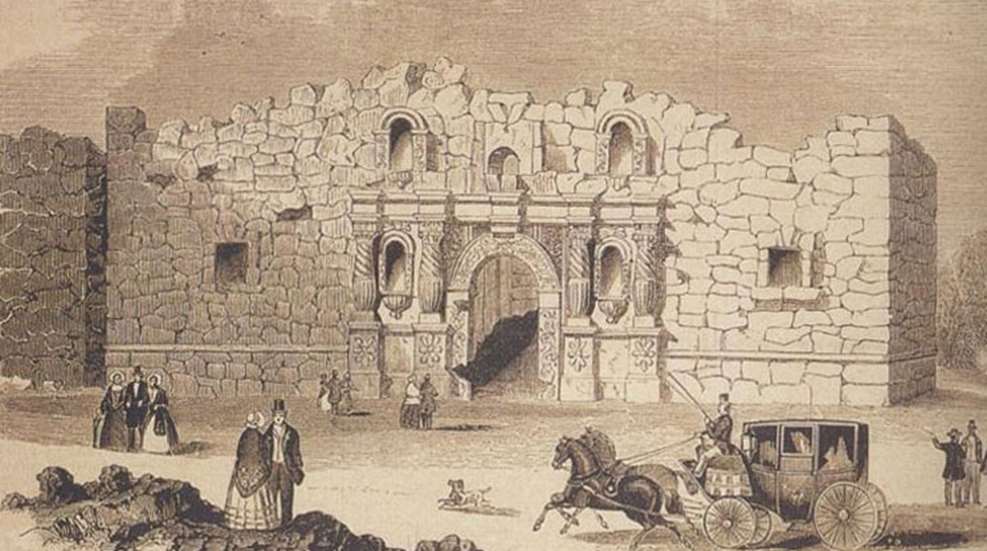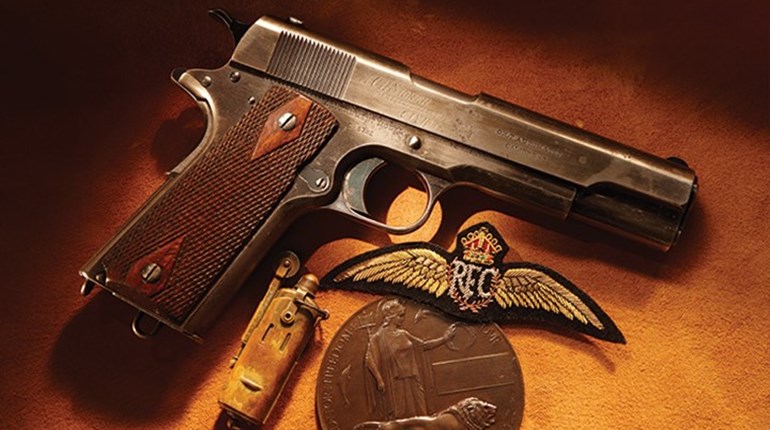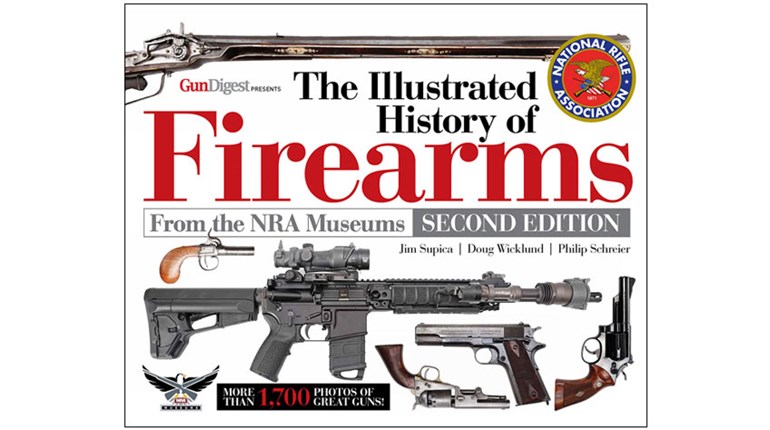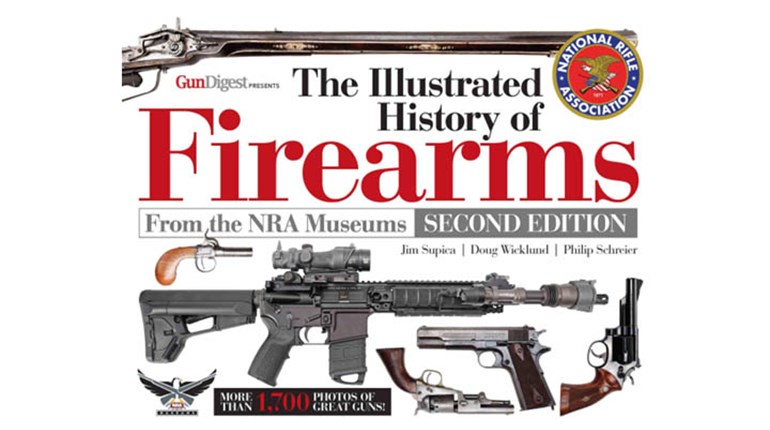
It has been 179 years since the 13-day siege in February and March of 1836 where, in what was once called the Mission San Antonio de Valero, Mexican and Texian faced off against one another in one of the most famous battles in Texas history. What happened during the conflict itself remains cloudy to this day: How many defenders actually surrendered? How many of the attacking forces were killed or wounded? What was the effect this battle later had for the victor, Mexican General Santa Ana? But perhaps slightly less nebulous is exactly what firearms were used at the Alamo.
Mexican Arms
Archeological excavations on the limited portion of the landscape not already engulfed by the urban sprawl of San Antonio, have revealed the location of the cannon used by the defenders. In 1866, long before archeologists converged on the former mission, a cache of buried cannon was found nearby and the venerable relics were distributed among the friends of the landowner. Other excavations have revealed slightly more about the small arms.The average well-armed Mexican soldier of the day relied on his British “Brown Bess” flintlock musket (pictured above). In a hefty .75 caliber, and in many cases longer than the soldier who carried it into battle, the Brown Bess was a hand-me-down. They were surplus arms sold by the British to nations seeking well-tested military armament. And if “well-tested” meant worn almost beyond functioning capability, these arms were filled with experience from battlefields scattered across Europe and the Americas over the years. Shorter “escopetas,” which were cruder carbines, were also on hand with Mexican cavalry elements. Smoothbores like the Brown Bess muskets and native escopetas had a limited range. To make sure of hitting a target, the shooter had to get very close to the defended walls of the Alamo. When it came to accuracy, Mexican forces relied on another British import, the Baker rifle. The lighter .65-caliber Baker flintlock had been utilized by British riflemen in the Napoleonic campaigns 30 years prior. Lead projectiles used in the Mexican Baker rifles needed a leather or cloth patch for best accuracy, and are among the recovered artifacts found at the Alamo.
Texian Arms
Behind those ragged walls, the defenders waited, prepared with a varied mix of armament. Some, like Davy Crockett, had brought their flintlock long rifles to the conflict. Although percussion ignition was gaining ground across the world, that system fared less well on the frontier. This is because percussion caps had to be shipped across long distances. The humble flintlock could be supplied with its ignition source from the ground, if one was fortunate. The same materials once used for arrowheads could be in turn used with the flintlock musket or rifle. A well-tuned long rifle could hit a target at 200 yards and riflemen behind the firing points of the Alamo would have established a deadly perimeter.
Other defenders, perhaps settlers from nearby Louisiana, might have carried Charleville muskets or other surplus smoothbores. The advantage of the musket was its ability to accept almost any size shot of lead ball. Much as the defenders used fragments of iron scrap to charge their cannon, no doubt soldiers in need would have picked up smaller pebbles as lead supplies ran low.
Well-heeled defenders might have had a handgun to factor in the mix. Others, like the last commander, William Travis, might have decided that a double-barreled shotgun could provide an extra shot when necessary.
The Mexican reports that the few remaining Texian defenders each had several muskets near to hand is a sad testament that as men were killed, their arms fell to the nearby survivors to employ. At the end, in the fierce hand-to-hand combat depicted in The Fall of the Alamo, rendered by Paul Onderdonk, with ammunition supplies exhausted, the muskets and rifles on hand finally became crude clubs.
Author Doug Wicklund is the Senior Curator of the NRA National Firearms Museum, where the historic firearms depicted above are on display to the public at no charge. Come visit the Museum today!






































